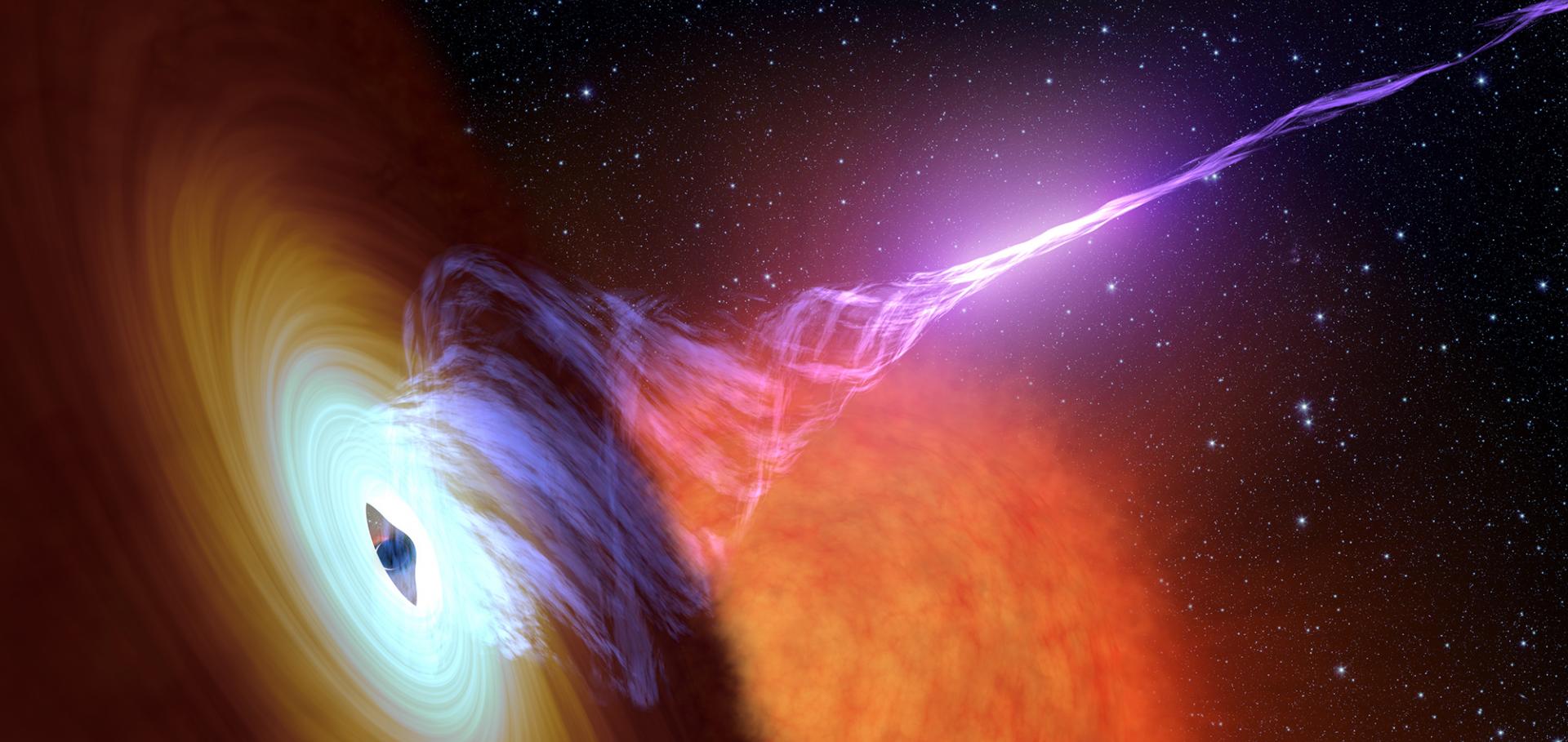A multi-wavelength study of GRS 1716-249 in outburst : constraints on its system parameters
(2022)
Long-term radio monitoring of the neutron star X-ray binary Swift J1858.6−0814
Monthly Notices of the Royal Astronomical Society Oxford University Press (OUP) 513:2 (2022) 2708-2718
Jet-cocoon geometry in the optically dark, very high energy gamma-ray burst 201216C
Monthly Notices of the Royal Astronomical Society Oxford University Press (OUP) 513:2 (2022) 1895-1909
The science case and challenges of space-borne sub-millimeter interferometry
(2022)
Serendipitous discovery of radio flaring behaviour from a nearby M dwarf with MeerKAT
Monthly Notices of the Royal Astronomical Society Oxford University Press 513:3 (2022) 3482-3492


